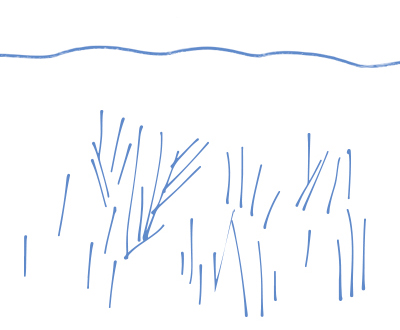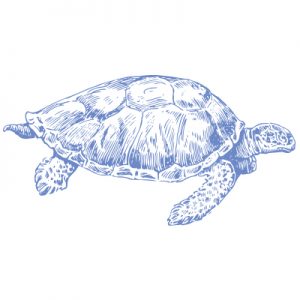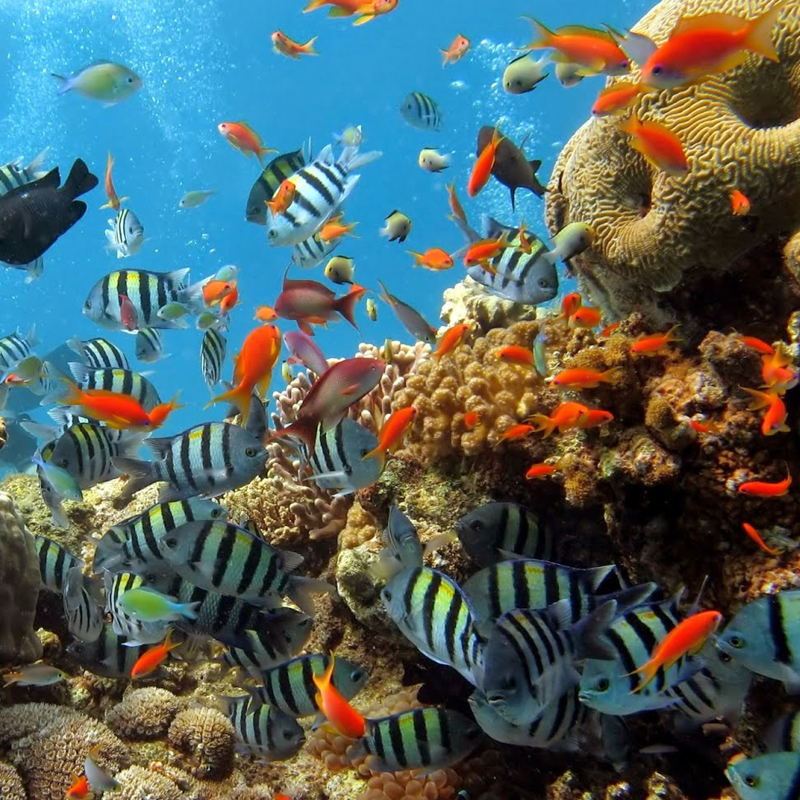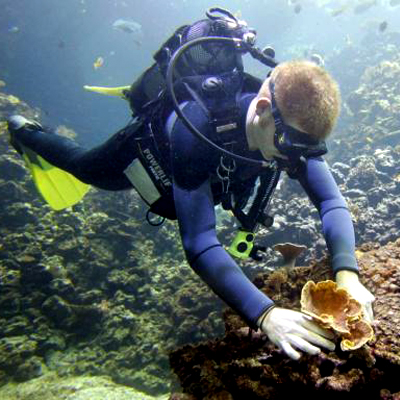SEBADALES OF GUASIMETA
The area called Sebadales de Guasimeta is located in the south of the island of Lanzarote. It covers a total area of 1,276.05 hectares and bathes the coastline of the municipalities of Arrecife, San Bartolomé and Tías.
Since September 2011, this space has been declared a Special Conservation Area (ZEC), a figure contained in the Natura 2000 Network, the purpose of which is to ensure the long-term survival of the most threatened species and natural habitats in Europe, helping to stop the Loss of biodiversity caused by the adverse impact of human activities.
The ZEC is managed in such a way as to guarantee the protection and conservation of the types of natural habitats and species of community interest present in the space, adapting the necessary conservation measures to achieve a sustainable balance between the development of uses and activities in the area and the conservation of the natural values it contains.
Present natural values
It is a coastal area of low relief in general, without important cliffs, which allows the development of extensive beaches of golden sand.
The shallow coastal platform has sandy bottoms, which allows the establishment of the seagrass Cymodocea nodosa or “seba”, constituting the prairies known by the name of “sebadales” or “manchones”. There are also some reef structures in the area.
Sporadically, groups of bottlenose dolphins (Tursiops truncatus) can be seen in the area in passage, as well as specimens of loggerhead turtles (Caretta caretta) that use the sebadal as a feeding and resting area.
Types of natural habitat and species of community interest of the zec
In Sebadales de La Graciosa, the types of natural habitat of community interest are present: 1,110 sandbanks permanently covered by shallow sea water and 1,170 reefs, in addition to the species of community interest, loggerhead sea turtle (Caretta caretta) and bottlenose dolphin (Tursiops truncatus).

1110 Sandbanks permanently covered by seawater, shallow
It includes sandy banks devoid of vegetation, or associated with different biological communities (seagrasses, maërl communities, etc.), always submerged. Of the species of marine phanerogams, the most representative in the Canary Islands, due to its abundance and ecological role, is the Cymodocea nodosa or “seba” that forms the meadows known as “sebadales” or “manchones”, of great ecological importance to the provide key refuge, breeding and feeding areas for many invertebrates and fish.

1170 reefs
Reefs are compact and hard substrates of biogenic or geological origin that extend from the coastline (intertidal levels) to deep seabeds (bathial bottoms). Due to its volcanic origin, the Canarian archipelago is dominated by abrupt and uneven rocky bottoms where there are many canyons and underwater valleys.
This type of habitat can host an entire zonation of benthic communities of animal and algae species, distributed according to bathymetry, as well as other abiotic factors. Algae tend to dominate well-lit areas, with the Cystoseira or Sargassum genera being the most characteristic of the Macaronesian zone.

Loggerhead sea turtle (Caretta caretta*)
*Priority species (endangered in Europe)
Medium-sized marine reptile, with a slightly oval shell and more or less serrated edges, reddish-brown on the back and lighter on the ventral area, turning towards yellow or cream. Cosmopolitan species of tropical and subtropical waters. It is characterized by its solitary habits and its omnivorous diet, including crustaceans, fish, molluscs, seagrasses and jellyfish in its diet.
The Canary archipelago constitutes an important feeding and development area for juvenile specimens of this species, coming from different American and Cape Verdean populations.
Bottlenose Dolphin (Tursiops truncatus)
Marine mammal with a dark gray color on the back that degrades towards the lower areas, the ventral region being whitish or pink. Small dark spots dotted across the body may appear. It has a curved dorsal fin, in the center of the back, and proportionate pectoral fins. Cosmopolitan species typical of tropical and temperate regions, although it can also live in relatively cold waters.
It is characterized by having a very gregarious behavior. It has a very varied diet: hake, sea bream, mackerel, octopus, squid and shrimp, among other marine animals. It resides in the waters of the Canary archipelago throughout the year, forming small groups.







